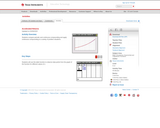
Students compare periodic and continuous compounding and apply continuous compounding to a variety of problem situations.
- Subject:
- Mathematics
- Material Type:
- Activity/Lab
- Provider:
- Texas Instruments
- Date Added:
- 03/05/2018

Students compare periodic and continuous compounding and apply continuous compounding to a variety of problem situations.
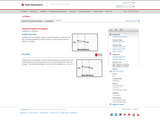
This activity is similar to the idea of a function machine. There are two levels of the manipulative (called a nomograph). The first is comprised of two vertical number lines, input on the left and output on the right. The second has three number lines to accommodate displaying the composition of two functions. At the first level, students try to find the rule of a hidden function by entering domain values and observing how they are transformed to new (range) values. The transformation is illustrated dynamically by an arrow that connects a domain entry to its range value. At the second level, students investigate composite functions. Inverse functions are treated as special cases of composition.
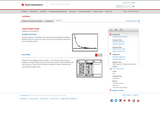
Students perform a simulation to measure the sound intensity at different distances from the source of a noise, and then use the data to develop an inverse variation model.

Texas Instruments calculator activity relating similarity and dilations.
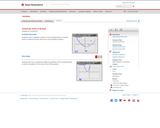
Texas Instruments Activity using TI-83 or 84 series calculator showing domain and range of transformations.
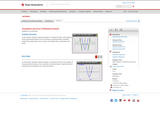
Students relate the graph of a rational function to the graphs of the polynomial functions of its numerator and denominator. Students graph these polynomials one at a time and identify their y-intercepts and zeros.
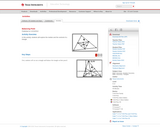
Texas Instrument Activity. In this activity, students will use TI-83/TI-84 to construct triangle and explore properties of the centroid.
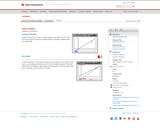
Texas Instruments activity to solve systems of equations.
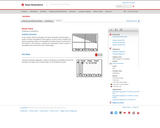
Students will graph one linear inequality and then graph a system of linear inequalities as they apply to an area of land. Students will practice graphing systems of inequalities and determining if a points lies in the solution. In the extension, students are challenged to write a system of inequalities that describe the area of Mississippi.
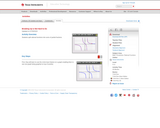
Students split rational functions into sums of partial fractions.
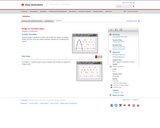
Texas Instruments activity where Students graph a quadratic function that models the shape of a bridge trestle and then solve the related quadratic equation by completing the square.
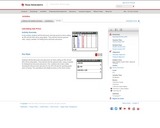
In this activity, students will find discounts and sale prices for items selling at 20% off and 40% off by using tables. They will then find the general rules, using a variable, for finding those discounts and prices.
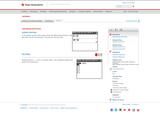
In this activity, students will compare ratios with different denominators, and then with common denominators. They will also find unit rates.
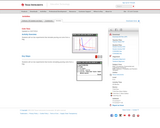
Students will run two experiments that simulate pouring out coins from a bag.

In this activity, students will use the CelSheet App that multiplies the fraction by “1” to help determine the common denominator. Then they will use what they have learned to add and subtract fractions without the same denominators. As an extension, they will use the LCM command to quickly obtain the best denominator to complete the operations.
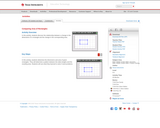
In this activity, students discover the relationship between a change in the dimensions of a rectangle and the change in the corresponding area.
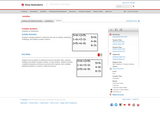
Texas Instruments activity dealing with complex numbers.
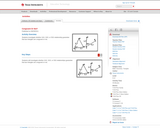
Texas Instruments activity that has students determine if triangles are congruent based on angles and sides.

Texas Instruments activity exploring triangle similarity and transformations.

Module includes tasks to conduct on graphing calculator regarding continuity, types of discontinuities and piecewise functions.